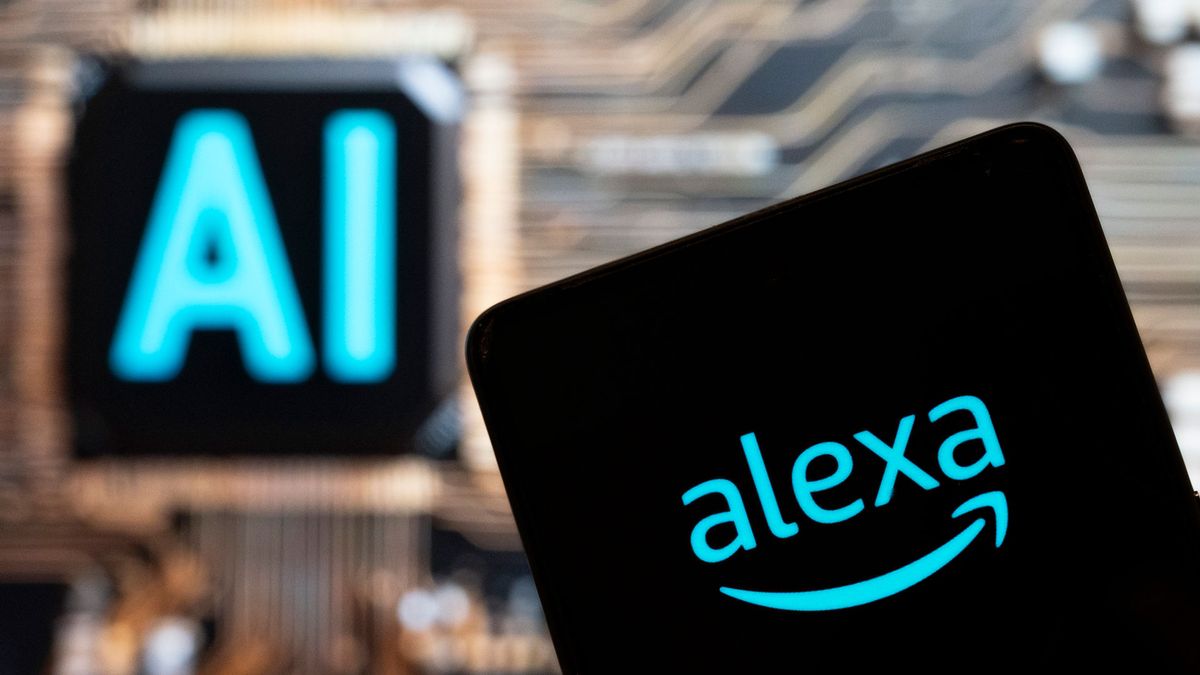Tesla reported on Tuesday that it made significantly less money in the first three months of the year because of its tepid car sales, reinforcing concern among investors that the company led by Elon Musk is losing ground in the market for electric vehicles.
Profit fell 55 percent, to $1.1 billion, from the first quarter of 2023, the company said. And revenue fell 9 percent, to $21.3 billion.
A slump in earnings was seen as inevitable after Tesla said this month that sales in the first quarter fell 8.5 percent from a year earlier, and after the company announced plans to lay off more than 10 percent of its employees worldwide, or about 14,000 people. The job cuts, including more than 2,000 workers at the company’s factory in Fremont, Calif., were interpreted as a sign that Tesla was struggling to bring costs in line with sinking revenue.
A year ago, in the first quarter of 2023, Tesla said it made $2.5 billion and had one of the best profit margins in the industry. But the company has been forced to cut prices, including in a new round last week, lowering the amount it makes on each car it sells. For a while, that strategy seemed to help bolster the company’s sales but Tesla now appears to be struggling to attract buyers even with lower prices.
Tesla’s operating profit margin in the quarter was 5.5 percent, half as much as a year earlier and in line with how much other automakers tended to earn.
Tesla investors are increasingly worried that its falling sales and profit are a symptom of larger problems, possibly pointing to the company’s inability to effectively respond to increased competition from established automakers and new carmakers from China.
Mr. Musk signaled recently that Tesla would focus on autonomous driving technology and a vehicle he called the Robotaxi, sowing doubt about the company’s plans to develop a new, lower-priced model that could make electric cars affordable to a broader range of customers and people in more countries.
But Tesla said on Tuesday that it remained on track to start producing a lower-priced vehicle in the second half of 2025. In a change designed to reduce upfront investment, the car will use some new components and some borrowed from existing vehicles. That strategy will allow Tesla to make its new model without building new factories, the company said.
“This update may result in achieving less cost reduction than previously expected,” the company said in a presentation to investors.
Shareholders are hoping that Mr. Musk will answer questions about Tesla’s strategy when he holds a conference call at 5:30 p.m. on Tuesday. But Mr. Musk has often disappointed such expectations in the past, and he has appeared unfazed by the 40 percent decline in the price of Tesla shares this year.
He appeared to joke about the Tesla share price when he reacted to a decline in Nvidia shares last week that wiped more than $200 billion off the chip maker’s value. “Rookie numbers,” Mr. Musk said on X, the social media platform he owns.
Mr. Musk defended Tesla’s price cuts, saying that all carmakers adjust prices, but usually through dealer incentives and other measures that are not quite as visible to buyers. Tesla sells cars directly to customers online rather than through franchised dealers.
“Tesla prices must change frequently in order to match production with demand,” he said.
Tesla blamed the sales decline on the conflict in the Red Sea that has disrupted global supply chains, a fire that halted production at the company’s factory near Berlin, and the ramp up of an upgraded version of the Model 3 sedan in Fremont. Tesla also blamed a decision by other carmakers to sell more hybrid vehicles, which include a gasoline engine and batteries and electric motors, for putting pressure on sales of fully electric vehicles.
Mr. Musk postponed a planned trip on Monday to India, where he was expected to meet Prime Minister Narendra Modi and announce plans for a factory, citing “very heavy Tesla obligations.”
While the postponement may disappoint investors who had hoped India could be a new source of growth, it could also provide reassurance that Mr. Musk was addressing Tesla’s problems more urgently. The company’s models are unlikely to sell in large numbers in India, where most car buyers prefer smaller and more affordable vehicles.
Tesla’s newest vehicle is the Cybertruck, a pickup that the company began producing last year. But the company has sold only around 4,000, according to information that emerged in a recall last week, suggesting it will not be a significant source of growth.
The self-driving taxi is seen as a long shot, partly because even the most advanced autonomous systems available today sometimes make glaring mistakes. In addition, federal and state regulators will have to sign off before Tesla can put such taxis on the road. Tesla does not yet have a license to test driverless vehicles in California, where it would be expected to develop Robotaxi software.
“Elon Musk has promised Robotaxis since 2016,” said Jan Becker, chief executive of Apex.AI, a company that provides software used by autonomous driving systems. “I don’t see enough evidence of Tesla releasing a Robotaxi, at least in the short term.”
Mr. Musk has done little to allay investor concerns about his plans. “Not quite betting the company, but going balls to the wall for autonomy is a blindingly obvious move,” he said. “Everything else is like variations on a horse carriage.”
Until recently, Tesla was among very few carmakers making money on electric cars, but established carmakers are catching up. General Motors, which also reported earnings on Tuesday, has ironed out production difficulties in battery-pack manufacturing and is ramping up output, Paul Jacobson, the company’s chief financial officer, said in a conference call with reporters.
G.M. remains dependent on its gasoline-vehicle business, which was primarily responsible for a 24 percent jump in profits for the first three months of the year, to $3 billion. But the company expects to be selling electric vehicles profitably later this year, Mr. Jacobson said.
Focus on Tesla’s earnings report Tuesday was unusually intense after a series of recent events that raised questions about the company’s direction and Mr. Musk’s leadership.
Last week, Tesla’s board of directors disappointed investors who had hoped it would do more to get Mr. Musk to focus on the car business and spend less time on X, where his polarizing comments and affinity for right-wing conspiracy theories have alienated many potential customers.
The board took steps to reinstate a $47 billion pay package for Mr. Musk that had been voided by a Delaware court. The board also said it would ask shareholders to approve moving Tesla’s corporate domicile to Texas, a change Mr. Musk called for on the day the Delaware court struck down his pay package in January on the grounds that it was excessive and that shareholders were not properly informed when they approved it in 2018.
Neal E. Boudette contributed reporting.





